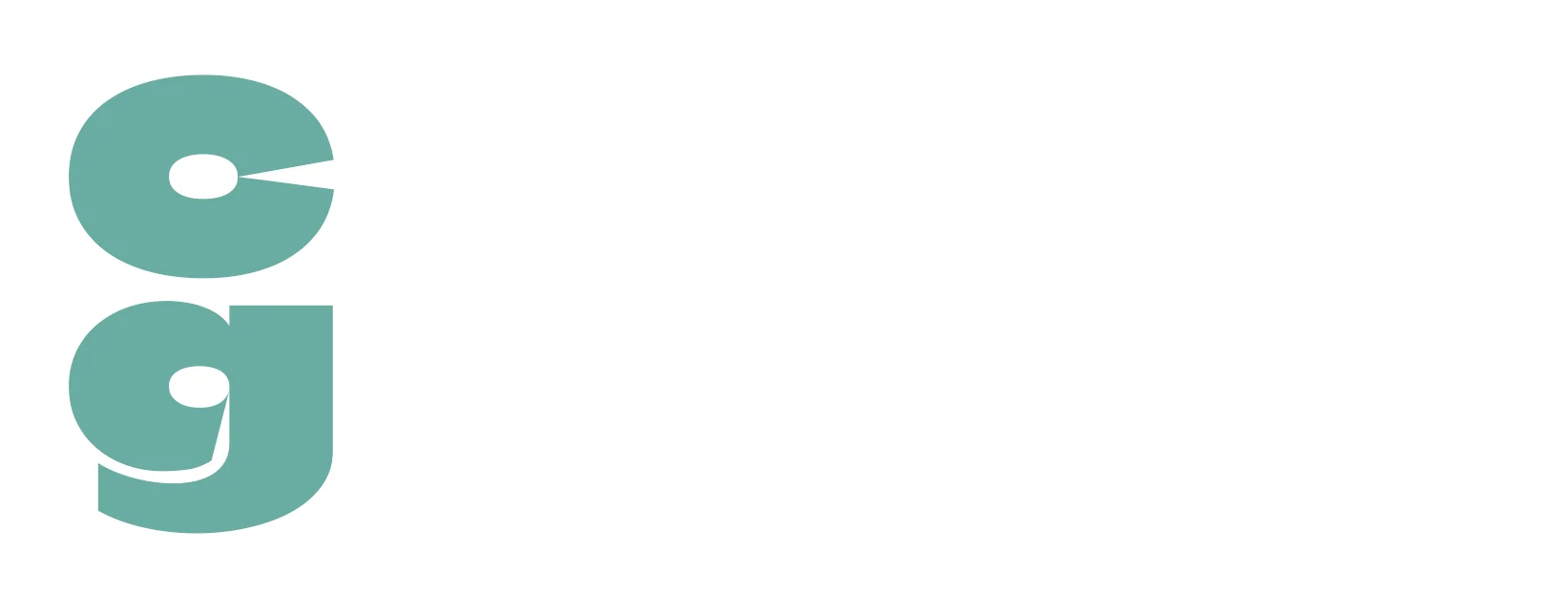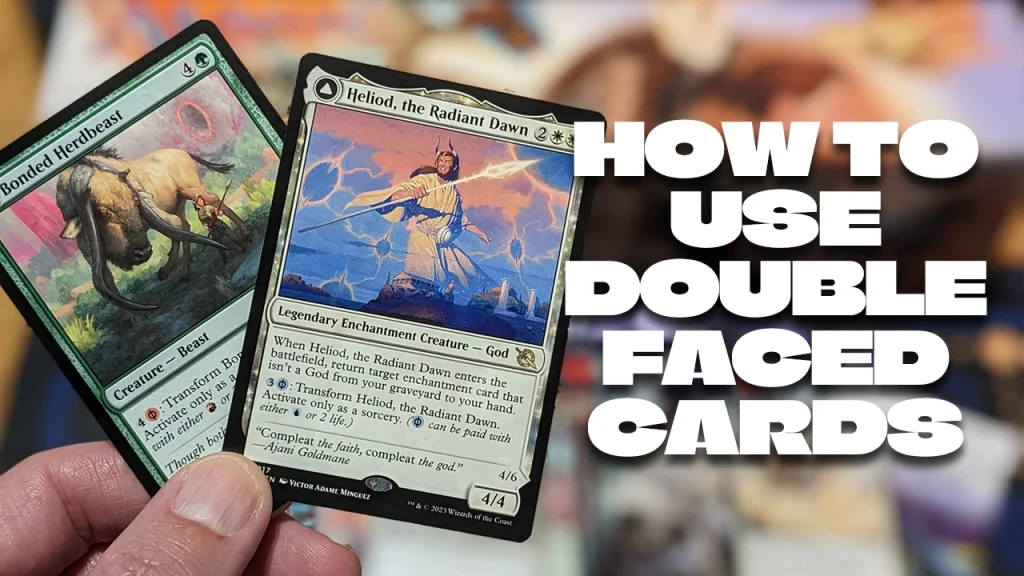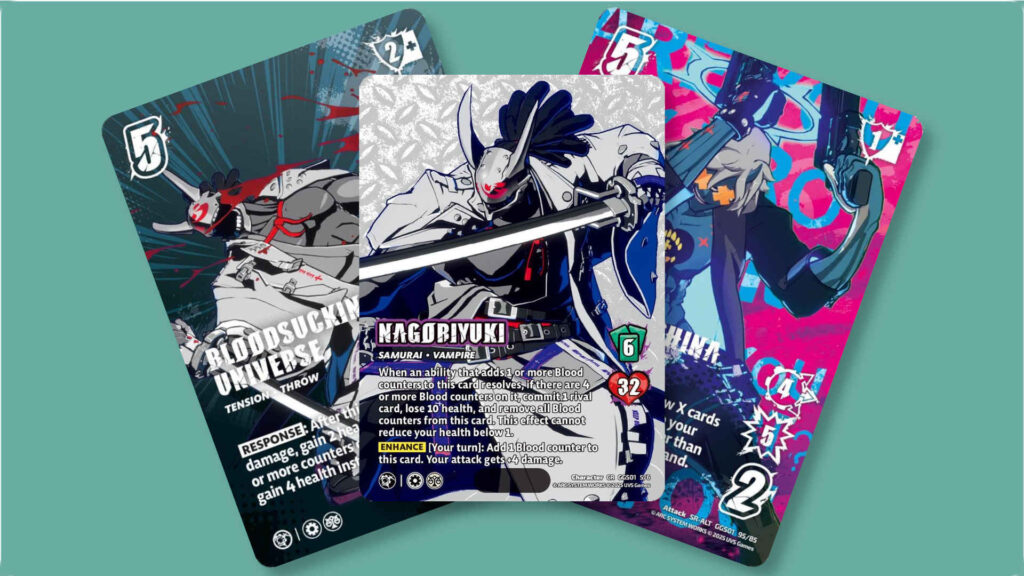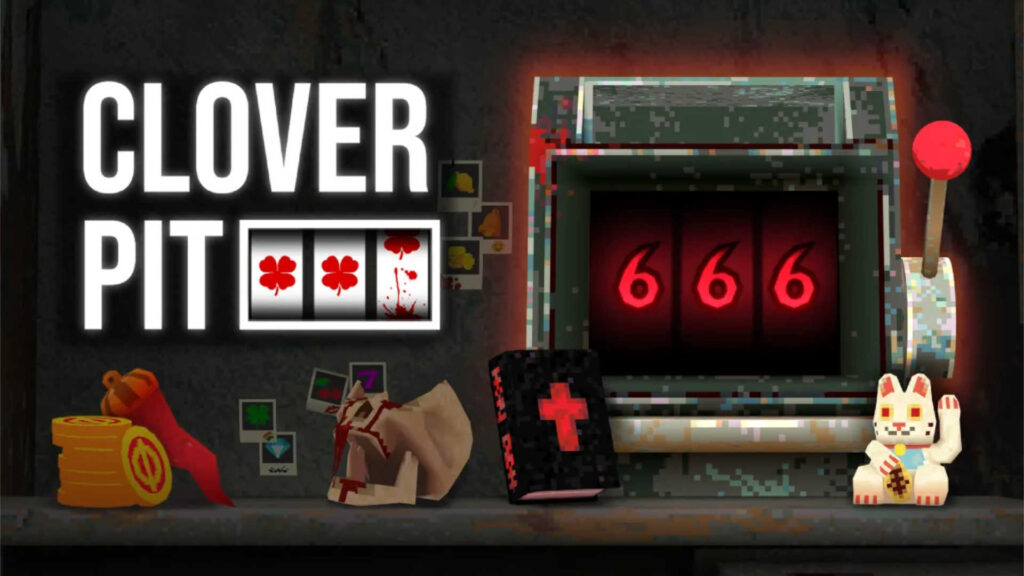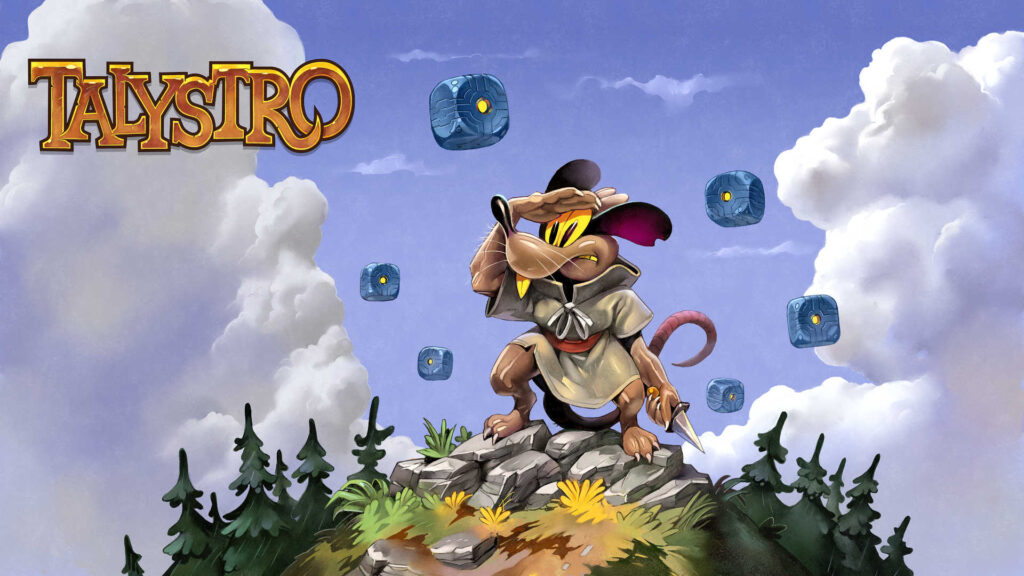It’s time to gather your transforming cards – as we talk you through how to use double faced cards in Magic: the Gathering!
Despite being introduced way back in the 2011 Innistrad set, double faced cards have not consistently appeared in every new Magic: The Gathering (MTG) set release since then.
Instead, they’ve become what is known as ‘deciduous’ in MTG parlance; that is to say that the two sided cards reappear when it makes sense in any given set, from a story or mechanical perspective.
One of the latest MTG sets, March of the Machine, has seen double faced cards brought back – and this time, they’ve even emerged with an entirely new card type: Battles.
Also included are double faced creatures, many of which have the Transform keyword.
If you’re only just getting into MTG – or even if you’ve played casually for a while – double faced cards may be a card type that you find confusing; lacking the traditional MTG card back design, you may be asking yourself: how do you even build these cards into a deck to be played?
Let’s find out, as we check out how to use double faced cards in Magic: The Gathering!
Table of Contents
ToggleWhat Cards Can Be Double Faced?
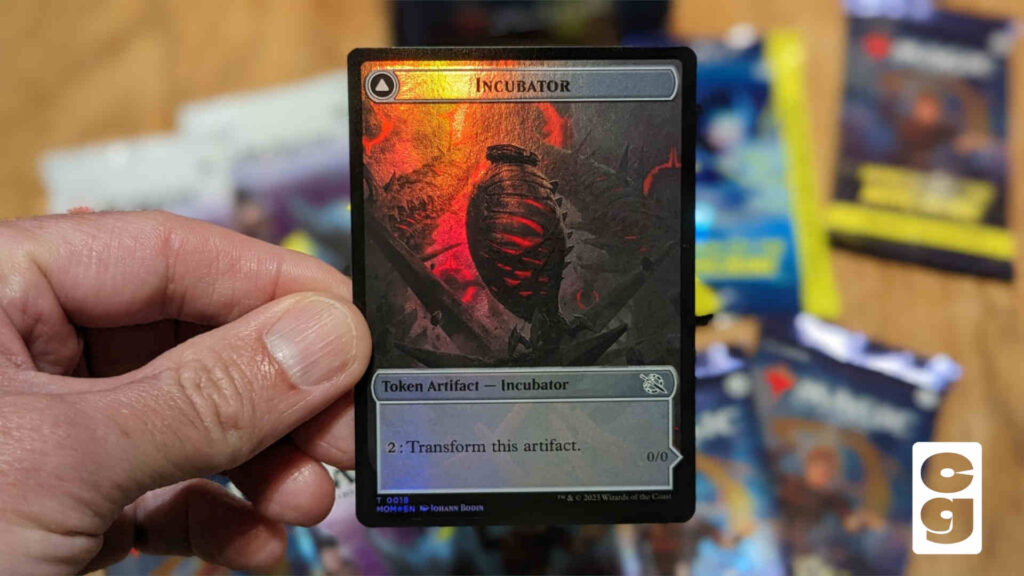
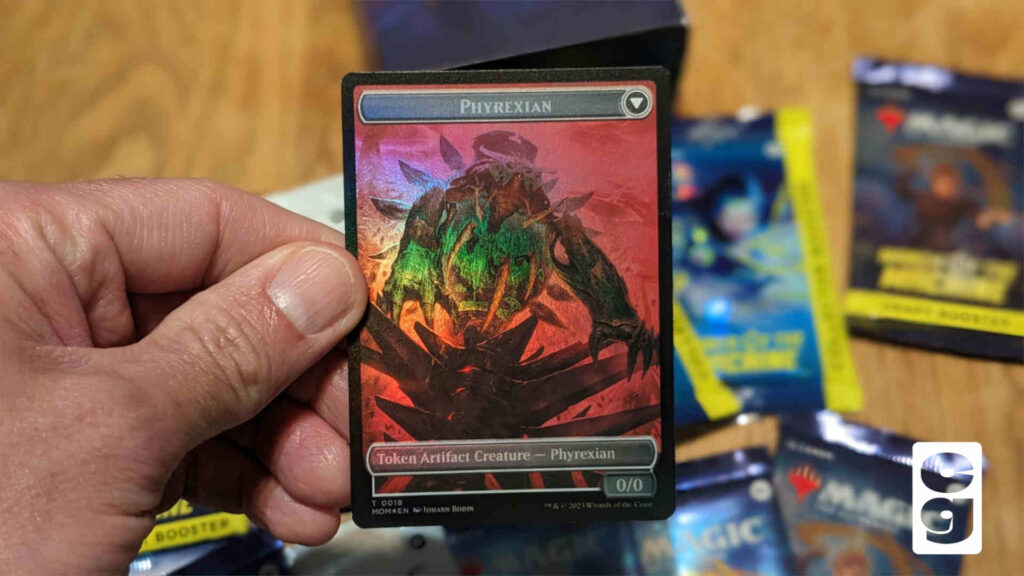
There are many types of cards in MTG that can be double faced; even creature tokens!
However, there’s an awful lot of creature cards in March of the Machine (and other sets, of course) which have two sides, as well as the aforementioned Battle cards.
How Do I Build Double Faced Cards Into My Deck?
There’s really only one way to make sure you’re able to use double-faced cards in your deck without revealing their position as you shuffle and play: you will need to sleeve your whole deck in opaque card sleeves.
Which Card Sleeves Should I Use For My MTG Deck?
You’re in luck – our sister site, Retro Dodo, has covered the best sleeves for MTG cards in their best Magic: The Gathering sleeves list.
The top two recommendations on that list – Dragon Shield sleeves and Titan Shield Premium sleeves – are both available in a range of coloured sleeve types, so you can be sure to keep your upcoming double faced cards hidden until they need to be used.
Of course, you’ll need to slide them out of the sleeve and turn them over when they flip to their other side during play, so it’s definitely best to opt for the highest quality sleeves – just so you ensure they’ll hold up to repeated handling of the cards.
Again, you can’t go wrong with either Dragon Shield or Titan Shield sleeves for incorporating double faced cards in your MTG deck – here at Card Gamer, we’ve used both of those card sleeve brands for years without any problems whatsoever.
How Do Double Faced Cards Work During Play?
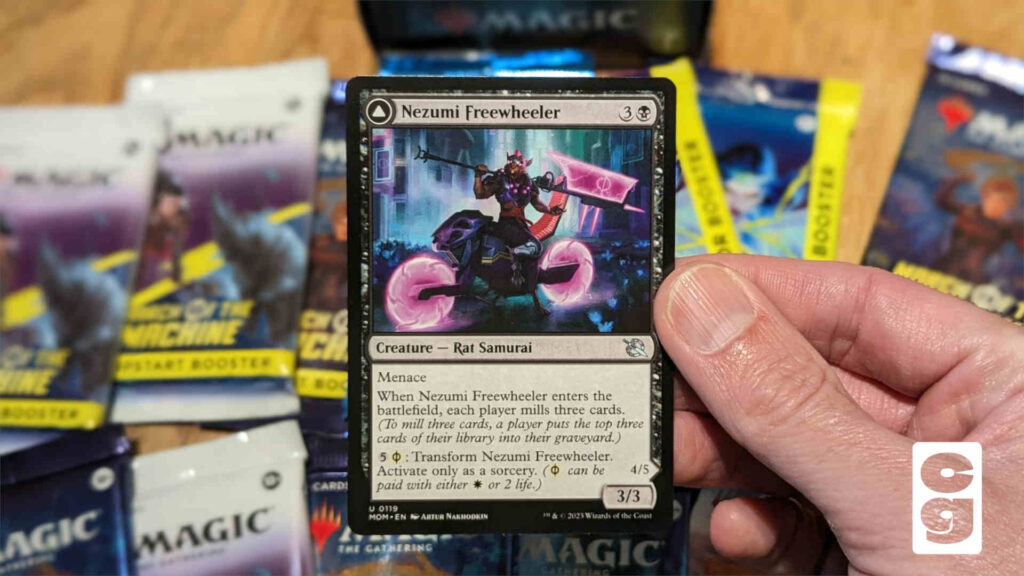
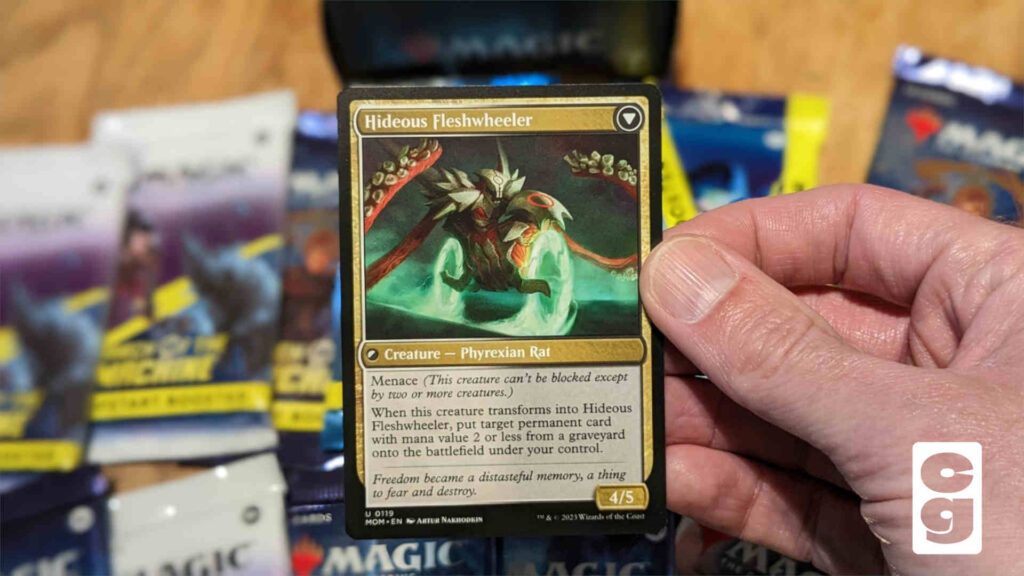
To play a double faced card, you’ll need to pay its mana cost as normal.
To know which side is face up, it’s simply the side with its mana cost – but there’s also an extra icon that can help too.
You’ll notice next to the card’s name that there’s a triangle symbol; if it’s pointing upwards, the card is face up.
The reverse, of course, shows a triangle pointing down – which means that it’s the card’s ‘face down’ side, though if this is the side you’re currently using, it’ll be face up.
Still with us?
Most double faced cards will have the Transform keyword; the card itself will explain what you’ll need to do – usually pay a further mana cost – to Transform the card and therefore turn it to the other side.
Do Transformers Cards Transform?
This is weird – perhaps the most obvious use for the Transform keyword would be cards based on the Autobots and Decepticons from the Transformers universe, right?
The Transformers cards appeared as part of The Brothers War set in late 2022; they could be found in both Set and Collector Boosters.
Yet, due to fears of copyright infringement, the decision was made to change the Transform to Convert for the Magic: The Gathering/Transformers crossover cards.
Convert does exactly the same thing as Transform, however – it’s just a weird quirk that Transformers technically don’t use Transform in Magic: The Gathering!
Do All Double Faced Cards Transform?
Here’s where it gets even more complicated.
In addition to the transforming double faced cards, there are also ‘modal’ double faced cards.
These can be played on either side and don’t transform at all; once they enter play, they remain on the side they entered as.
These cards have a single, upwards pointing triangle on one side (again, next to the card’s name) and two triangles – one pointing upwards and one pointing downwards – on the reverse of the card.
How Do Battle Cards Work?
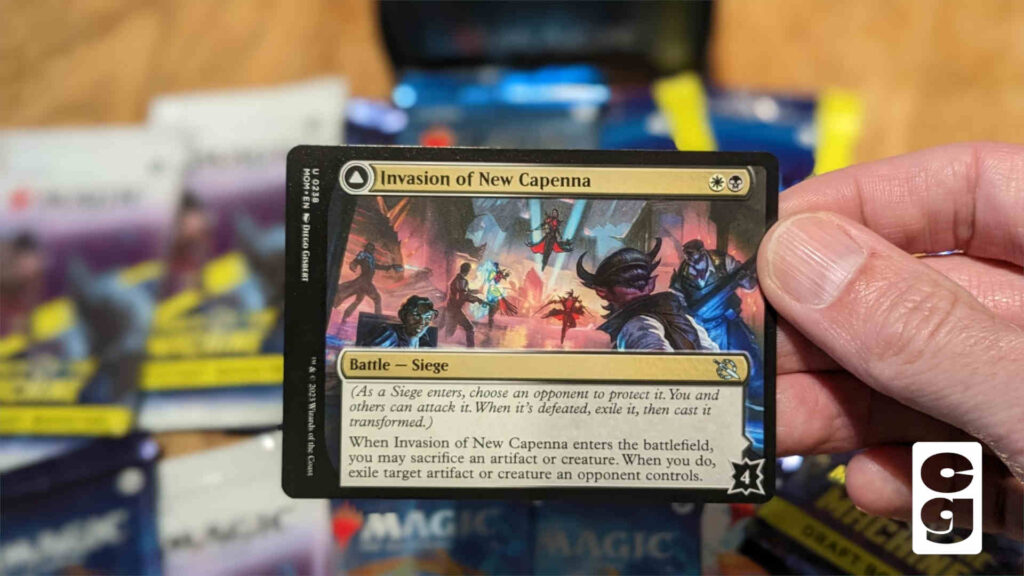
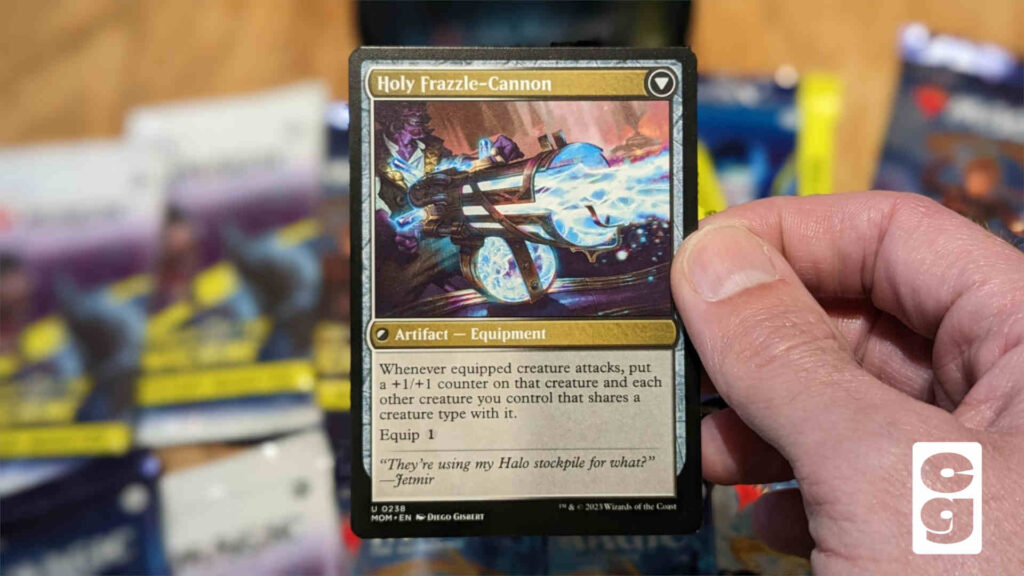
Battles – which, at least in their initial incarnation in March of the Machine, are all specified as the Siege type – are an entirely new type of card, let alone double faced card!
As such, there’s a bit more that players need to know about Battle cards.
Battles can be targeted during the Attack phase and the defending player can assign Defenders to it.
Once the Battle card has been defeated – meaning that all of its defense counters have been removed – the card is exiled and the reverse side is cast.
The reverse of Battle cards will often feature a powerful effect that the winner of the Battle gets to use, making them viable and unique targets for attacking during your games of Magic: The Gathering.
Are There Other Rules For Double Faced Cards?
Though there are more types of double faced cards and other rules – mostly to do with various other keywords and the way they can affect the handling of double faced cards – the above will cover you for learning how to incorporate cards in your deck, along with the basics of how they work.
What are your thoughts on double faced cards in Magic: The Gathering? Can you see yourself making use of their unique properties as you go on your own deck building adventures?
Or do you think that the difficulties in dealing with them – in terms of ensuring they’re used correctly, as well as having to sleeve your deck in a specific way to use them – makes them less likely to be played?
Let us know your thoughts on our social media channels and don’t forget to use the best commander decks in MTG to keep your cards safe!
